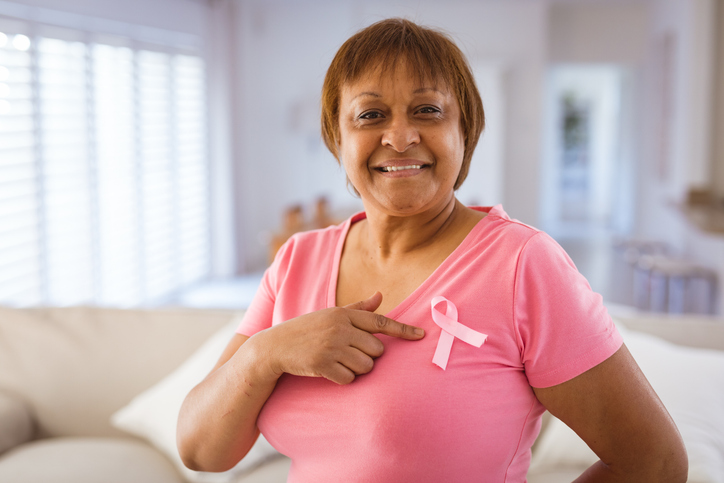Don’t Lose Hope: Breast Cancer Awareness Month

Source: Wavebreakmedia / Getty
October is Breast Cancer Awareness Month and Magic 95.5 is dedicated to making sure you’re safe & informed.
If you or a loved one needs access to resources and support, please review the organizations below.
Susan G. Koman Central & SE Ohio
Cancer Support Community Central Ohio
Being aware of the impact and health risks of breast cancer requires more than just wearing a pink ribbon. The best way to practice breast cancer awareness is to understand what’s happening in your own body.
How to Perform a Self-Breast Exam
Regular wellness exams like that performed by an OB-GYN or primary care physician will typically include a breast examination. Doctors also recommend getting a mammogram every two years after the age of 40 (more frequent and earlier mammograms are recommended if personal or family history places you at high risk for developing breast cancer).
You can also practice preventative care by getting to know your breast and your body and regularly observing any unusual changes by doing a self breast examination.
Self examination includes both a visual exam, where you observe changes in your breasts using your eyes, and a tactile exam where you will feel the breast tissue with your hands and fingers. These checks can be done while standing or while laying down.
For a standing visual self-exam, stand in front of a clean mirror with good lighting so you can see yourself clearly. During a visual exam, you should check your breasts from multiple angles: from the left profile, from the right profile, and directly by looking into the mirror. Examine your breasts from each angle with your arms resting at the side, arms raised above the head, and with the hands pressed firmly on the hips and slightly hunched over to observe your breasts from above. Check for any changes in the shape, color, or size of your breast skin and nipples.
Laying on your back during a self exam allows your breast tissue to spread out more thinly allowing you to better feel all of the tissue. To perform a self-exam while laying down, lay on your back, raise and rest one arm above your head, and examine the breast on the same side as the raised arm using the opposite hand. Starting at the armpit, gently press your breast tissue and slowly move your fingers downward until you reach the bottom of your ribcage. Then move your fingers closer to the middle of the breasts and feel your way upward until you reach your collarbone. Continue this up-down movement until you have examined your entire breast, stopping when you reach the sternum. Repeat this action on the other breast.
You can also examine the breasts by using the pads of your fingers and making small circles applying light, medium, and deep pressure as you travel up, down, and across the breast. Maintain contact with the skin as you move along so you don’t miss any area of tissue.
Don’t skip your armpits! Breast tissue extends into the underarm area so be sure to examine this area for any changes as well.
How often should I perform a self-exam?
Self breast exams are best performed when your breasts aren’t tender or swollen, so if you menstruate, you want to wait a few days after your period ends. Self exams should be performed once a month to regularly keep track of potential changes in the skin or tissue and self-exams should always be performed in addition to getting regular check-ups with a healthcare professional.


